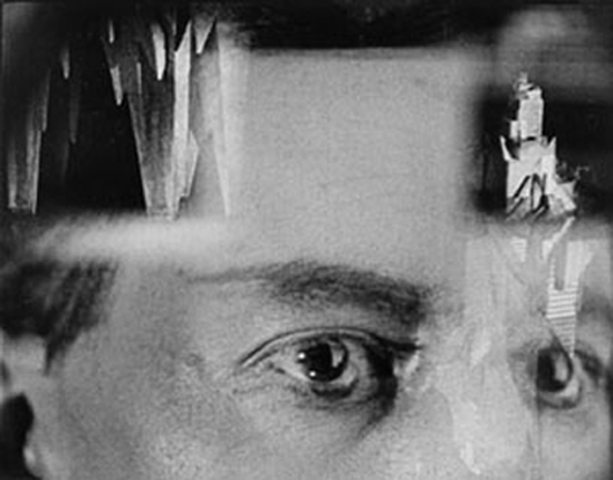Targeting and skewering bourgeois complacency, religious hypocrisy, patriarchal authority and European moral conventions, these two films continue to challenge and confront the audience. Irreligious and scandalous, Luis Buñuel’s L’Age D’Or attacks the Church, the State, the family, not simply to shock for shock’s sake but also to argue the case for the surrealist belief in giving our unconscious irrational desires free reign. As Buñuel states: “It is love that brings about the transition from pessimism to action: Love, denounced in the bourgeois demonology as the root of all evil. For love demands the sacrifice of every other value: status, family and honor.” Although La Coquille et le clergyman (The Seashell and the Clergyman) by Germaine Dulac, is often regarded as the first Surrealist film and is based on Antonin Artaud’s scenario, it was Dulac’s passion for “films made according to the rules of visual music” that ignited Artaud’s narrative about a clergyman struggling against his own eroticism and desire. Banned in England in 1929, the film was declared “apparently meaningless, but if it has any meaning it is doubtless objectionable.” (Caroline Savage)

Sunday, April 29, 2007
Oppositional and Stigmatized
Program 4: Blasphemy
Yerba Buena Center for the Arts